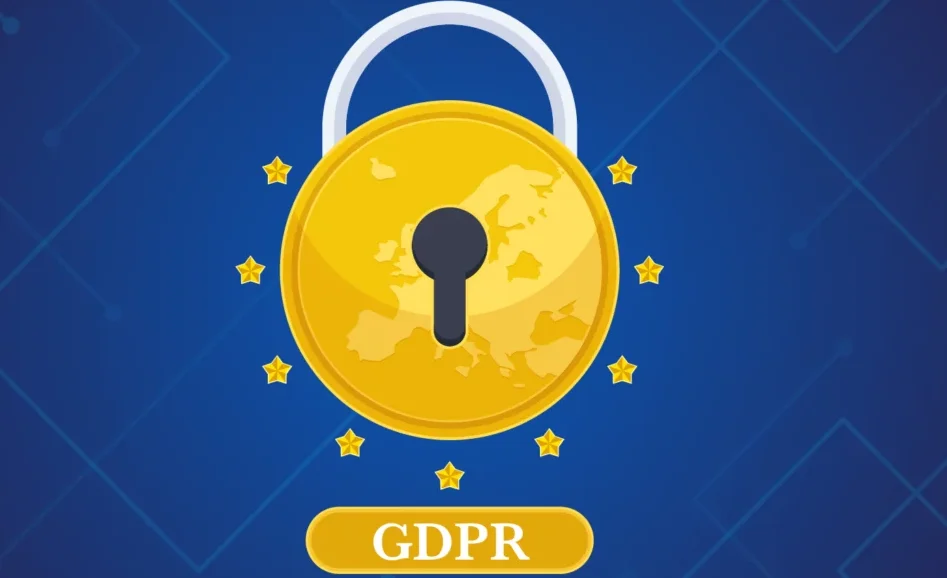The General Data Protection Regulation (GDPR) is a regulation in European Union (EU) law on data protection and privacy. It applies to all individuals within the EU and the European Economic Area (EEA). If your website collects, stores, or processes personal data of EU citizens, you must comply with GDPR, regardless of where your business is located. Here’s a straightforward guide to help you ensure your website is GDPR compliant.
1. Understand GDPR Requirements
Before making any changes to your website, you need to understand the key principles of GDPR:
- Lawfulness, Fairness, and Transparency: Data must be processed lawfully, fairly, and in a transparent manner.
- Purpose Limitation: Data should be collected for specified, explicit, and legitimate purposes.
- Data Minimization: Only collect data that is necessary for the intended purpose.
- Accuracy: Keep personal data accurate and up to date.
- Storage Limitation: Do not keep personal data longer than necessary.
- Integrity and Confidentiality: Ensure appropriate security of personal data.
2. Update Your Privacy Policy
A comprehensive privacy policy is essential. It should include:
- What data you collect: Specify what personal data you collect and why.
- How you use the data: Explain how you use the collected data.
- Data sharing: Disclose if you share data with third parties.
- Data protection rights: Inform users about their rights under GDPR, such as access, rectification, deletion, and portability of their data.
- Contact information: Provide a way for users to contact you regarding their data.
3. Obtain Explicit Consent
GDPR requires explicit consent from users before collecting their data. Implement clear, unambiguous consent forms that specify what data is being collected and why. Ensure that:
- Opt-in boxes: Users actively check a box to give consent. Pre-checked boxes are not allowed.
- Separate consents: Separate consents for different data processing activities.
- Withdrawal option: Users can easily withdraw their consent at any time.
4. Implement Data Protection Measures
Ensure that personal data is protected by implementing appropriate technical and organizational measures. These may include:
- Data encryption: Encrypt personal data during transmission and storage.
- Access control: Limit access to personal data to authorized personnel only.
- Regular audits: Conduct regular audits of your data processing activities to ensure compliance.
5. Enable User Rights
Under GDPR, users have specific rights regarding their personal data. Ensure your website supports these rights:
- Access: Users can request access to their personal data.
- Rectification: Users can request correction of inaccurate data.
- Deletion: Users can request the deletion of their data.
- Portability: Users can request their data in a commonly used, machine-readable format.
- Objection: Users can object to the processing of their data for specific purposes.
6. Appoint a Data Protection Officer (DPO)
If your core activities involve large-scale processing of sensitive data, you may need to appoint a Data Protection Officer (DPO). The DPO will be responsible for overseeing GDPR compliance and data protection strategies.
7. Notify Data Breaches
In the event of a data breach, GDPR requires you to notify the relevant authorities within 72 hours and inform affected individuals without undue delay. Have a data breach response plan in place to ensure timely reporting.
8. Regularly Review and Update
GDPR compliance is an ongoing process. Regularly review and update your data protection practices to ensure continuous compliance. Stay informed about any changes to GDPR regulations and adjust your policies and procedures accordingly.
